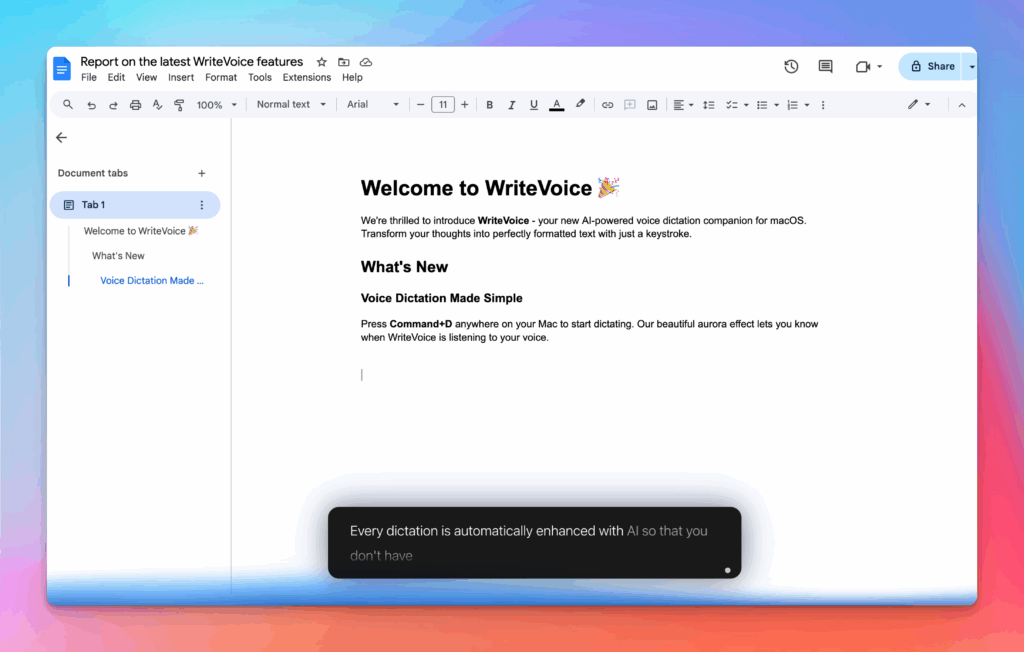How to Calculate Rental Property ROI
Rental property ROI requires systematic calculation. Master the process for confident investment decisions.
How the How to Calculate Rental Property ROI works
Step through complete ROI analysis: costs, income, expenses, financing impact. Learn professional calculation methods for accurate investment evaluation.
ROI calculation skill prevents bad investments. This educational tool builds expertise while analyzing real opportunities.
How it works
Tutorial
Rental property investment seems straightforward—buy a house, rent it out, collect profits—but accurate ROI calculation separates profitable investments from money pits. Most amateur investors calculate ROI incorrectly by ignoring expenses like maintenance, vacancies, property management, and capital expenditures. They see $2,000 monthly rent on a $300,000 property and think “8% annual return!” without realizing actual net cash flow is $400/month after all expenses. Professional ROI calculation accounts for every cost and uses multiple metrics to reveal true investment performance.
Understanding comprehensive rental ROI prevents expensive mistakes. A property showing 12% ROI based on gross rent might actually deliver 4% ROI after expenses—barely better than stocks but with far more risk and work. Learning to calculate cash-on-cash return, cap rate, total return (including appreciation and tax benefits), and cash flow helps investors compare properties accurately and make data-driven decisions instead of emotional ones driven by real estate hype.
The Basic Formula
| Metric | Formula | What It Reveals |
|---|---|---|
| Cash-on-Cash Return | Annual Cash Flow / Total Cash Invested | Return on actual money invested |
| Cap Rate | Net Operating Income / Purchase Price | Property performance (no financing) |
| Total ROI | (Cash Flow + Appreciation + Tax Savings) / Investment | Comprehensive annual return |
| Net Cash Flow | Rent – (Mortgage + Expenses + Vacancy + CapEx) | Actual monthly profit |
Step-by-Step Calculation
Example: $320,000 purchase price, $64,000 down payment (20%), $2,400 monthly rent, 5% vacancy rate, $8,500 annual expenses, $1,850 monthly mortgage (P&I), 3% appreciation
Step 1: Calculate Annual Income and Expenses
| Component | Calculation | Annual Amount |
|---|---|---|
| Gross Rental Income | $2,400 × 12 | $28,800 |
| Vacancy Loss (5%) | $28,800 × 0.05 | -$1,440 |
| Effective Rental Income | $28,800 – $1,440 | $27,360 |
| Property Tax | Annual | -$3,800 |
| Insurance | Annual | -$1,200 |
| Maintenance/Repairs (8% of rent) | $28,800 × 0.08 | -$2,300 |
| Property Management (9%) | $27,360 × 0.09 | -$2,462 |
| HOA Fees | $60/month × 12 | -$720 |
| Capital Expenditure Reserve | Roof, HVAC, etc. | -$2,000 |
| Total Operating Expenses | Sum of expenses | -$12,482 |
Step 2: Calculate Cash Flow and NOI
| Metric | Calculation | Amount |
|---|---|---|
| Effective Rental Income | From Step 1 | $27,360 |
| Operating Expenses | From Step 1 | -$12,482 |
| Net Operating Income (NOI) | Income – Operating Expenses | $14,878 |
| Mortgage Payment (P&I) | $1,850 × 12 | -$22,200 |
| Annual Cash Flow | NOI – Mortgage | -$7,322 |
| Monthly Cash Flow | Annual / 12 | -$610 |
Step 3: Calculate ROI Metrics
| ROI Type | Calculation | Result |
|---|---|---|
| Total Cash Invested | Down payment + closing costs | $64,000 + $6,400 = $70,400 |
| Annual Cash Flow | From Step 2 | -$7,322 |
| Cash-on-Cash Return | -$7,322 / $70,400 | -10.4% |
| Cap Rate | $14,878 / $320,000 | 4.6% |
| Annual Appreciation | $320,000 × 0.03 | $9,600 |
| Mortgage Principal Paydown | Year 1 principal portion | $3,200 |
| Tax Benefit (depreciation shield) | ~$3,000 value in 24% bracket | $3,000 |
| Total Annual Return | -$7,322 + $9,600 + $3,200 + $3,000 | $8,478 |
| Total ROI % | $8,478 / $70,400 | 12.0% |
What This Means
This rental property shows negative $610/month cash flow (you pay $610 out-of-pocket monthly to own it), which seems terrible until you calculate total return. The -10.4% cash-on-cash return means you’re losing money on operations, but appreciation ($9,600), mortgage paydown ($3,200), and tax benefits ($3,000) create $8,478 total annual benefit—a 12% total ROI on your $70,400 investment. This is typical for rental properties in appreciating markets: negative or minimal cash flow offset by equity buildup and tax advantages.
However, negative cash flow creates risk—if you lose your job or face major repairs, you must cover the gap from other income. The 4.6% cap rate is low, indicating an expensive market where investors accept poor operating returns hoping for appreciation. If appreciation slows to 1% instead of 3%, total ROI drops to 5.6%—barely better than risk-free bonds. This property only makes sense if: 1) You have emergency reserves to cover negative cash flow, 2) You believe appreciation will continue, 3) You value forced savings via mortgage paydown. A property with positive $400/month cash flow and 2% appreciation might provide superior risk-adjusted returns.
Meet the fastest voice-to-text for professionals
WriteVoice turns your voice into clean, punctuated text that works in any app. Create and ship faster without typing. Your first step was How to Calculate Rental Property ROI; your next step is instant dictation with WriteVoice.
A blazing-fast voice dictation
Press a hotkey and talk. WriteVoice inserts accurate, formatted text into any app, no context switching

Works in any app
Press one hotkey and speak; your words appear as clean, punctuated text in Slack, Gmail, Docs, Jira, Notion, and VS Code—no context switching, just speed with writevoice

Accurate, multilingual, and smart
97%+ recognition, smart punctuation, and 99+ languages so your ideas land first try, built for teams and pros.

Private by default
Zero retention, audio and text are discarded instantly, with on-device controls so you can dictate sensitive work confidently.

